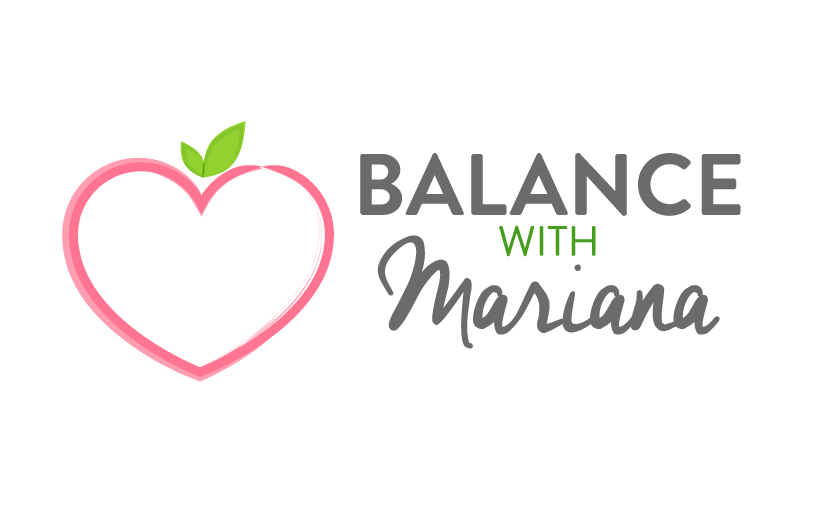Fish is a great source of protein and healthy fat, and in my view, an integral part of a healthy diet. In comparison to other types of meat, fish is generally lower in calories, saturated fat and cholesterol, and easier to digest (which is key, as optimal digestion is the cornerstone to optimal health and weight loss!).
Most importantly, fish contains Omega-3 fatty acids that are ESSENTIAL for your overall health (especially your brain and heart).
Omega-3 fatty acids found in fish are key for healthy brain development of babies, balanced hormones, healthy hair/skin/nails, and for achieving and maintaining a healthy weight. They have been known to lower high blood pressure and cholesterol, and have been linked to a decrease in the risk of: death from heart disease, stroke, depression and even some cancers.
For this reason, I like to suggest eating fish at least once or twice a week (as well as taking a good quality omega-3 supplement, especially if you’re vegan or don’t eat fish!).
However, its important to be aware that fish contains mercury, which in large amounts, can be toxic to our bodies. Excess mercury has been linked to neurological development issues in babies, as well as many GI and hormonal problems for adults. So it’s absolutely key to limit your intake of high mercury fish.
Also, you must be careful of how the fish is sourced. When the fish is “farm raised”, it's fed substances that can be harmful when ingested. Certain fishing techniques are also posing threats to the environment.
Here are some basic guidelines to consider when consuming fish:
- Reduce your risk of mercury contamination: avoid eating larger fish that feed on other fish, and accumulate more mercury, such as: shark, swordfish, tilefish, king mackerel and white albacore tuna.
- Shellfish are generally highly contaminated because they feed on industrial deposits, sewage, and waste. Limit your intake of: clams, lobsters, oysters, shrimp and scallops, if you want to avoid excess toxins from shellfish.
- Many fish are sprayed with preservatives (like polyphosphates, sulfites, sodium benzoate and polytrisorbate) to control mold, yeast, and bacteria and to make them appear appetizing. So aim to avoid suppliers who use preservatives. One guideline is that warm water fish are more likely to have preservatives than cold water fish.
- Limit consumption of farm raised fish, especially farm-raised Salmon. These fish are raised in packed net pens, prone to chemicals, bacteria, lice and parasites, so are often fed antibiotics to combat these diseases, as well as commercial dyes to give them a healthy color. Also, farm raised fish generally have more fat and calories (but same level of omega-3s) as wild fish!
Here are the TOP 5 FISH TO EAT and the TOP 5 TO AVOID in your diet:
5 FISH TO EAT – Omega-3 rich, wild-caught, from Pacific waters, and from reliable sources!
- Salmon (wild-caught, from Alaska) – fresh, frozen and canned are all great!
- Sardines
- Cod (wild-caught, especially sablefish/black cod)
- Anchovies (especially from Adriatic Sea)
- Halibut (Pacific, wild-caught); Note: avoid wild Atlantic halibut due to depletion of this fish in the Atlantic!
5 FISH TO AVOID
- Shark
- Swordfish
- King Mackerel
- Tilefish
- Orange Roughy (and other warm water fish)
And LIMIT consumption of:
- Tuna steaks, Bluefin tuna and canned Albacore tuna (opt for canned light tuna instead!)
- Shellfish like clams, lobsters, oysters, shrimp and scallops
- Farmed fish, particularly farmed Atlantic Salmon. Two exceptions considered safe "farmed" fish, are: Rainbow Trout (which has been found to be a safer, healthier option than trout from lakes) and Artic Char.
- Mahi-Mahi (particularly from Costa Rica, Guatemala & Peru; opt for wild-caught mahi-mahi from the US and Ecuador instead!)
Other good sources of fish/seafood that are considered “green” and healthy for you and the environment include:
- Atlantic Mackerel (but limit Spanish and King species which are higher in mercury)
- Freshwater Coho Salmon (tank-based)
- Artic Char (even farm raised is OK as it tends to be farmed in a chemical and disease-free environment)
- Oysters
- Mussels
- Pacific Halibut (in small amounts due to mild mercury content)
- Rockfish
- Catfish
Hopefully you will now be more conscious of what fish you are eating, and make an effort to fill up on low-toxic, omega-3-rich wild-caught fish every week!


